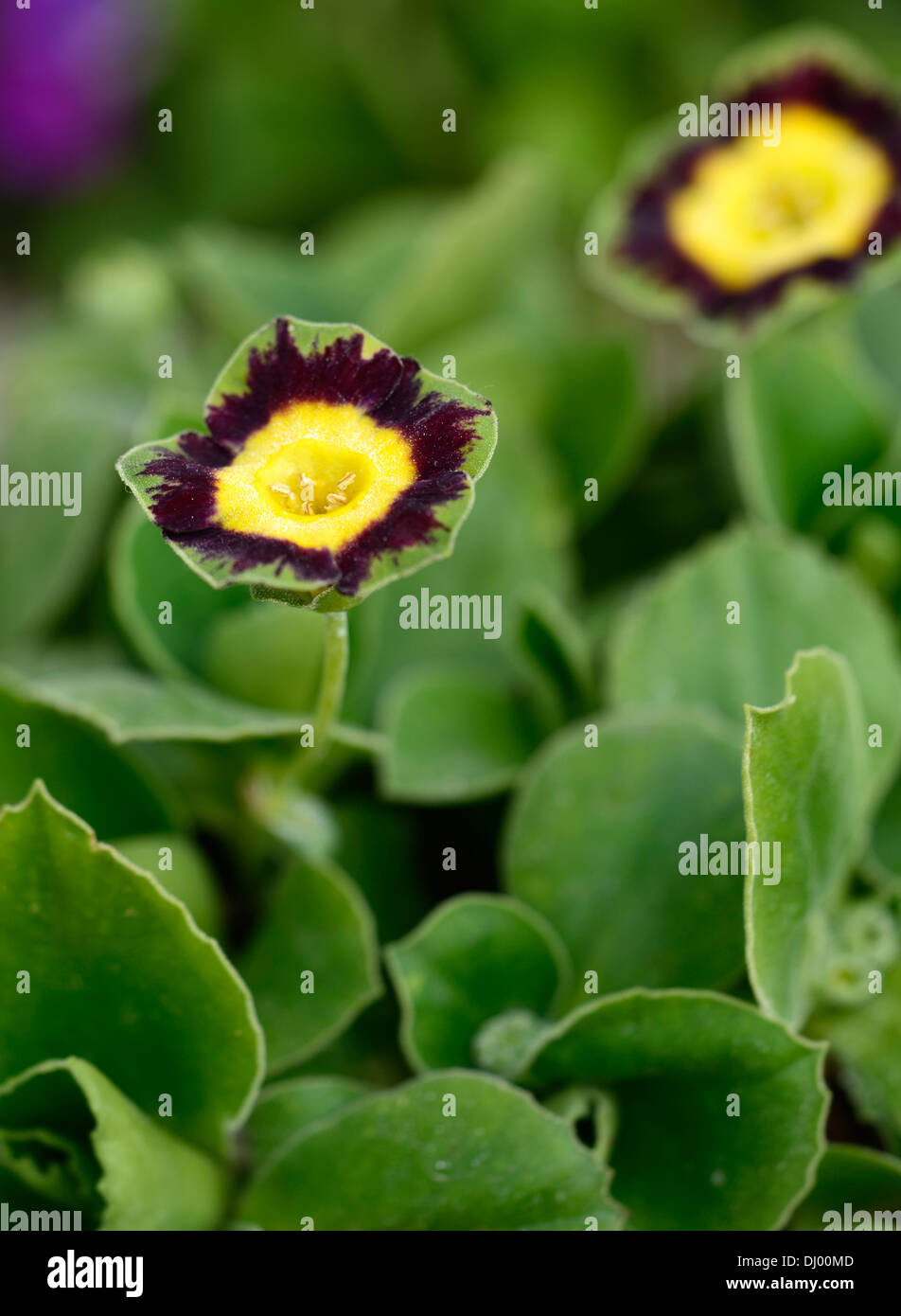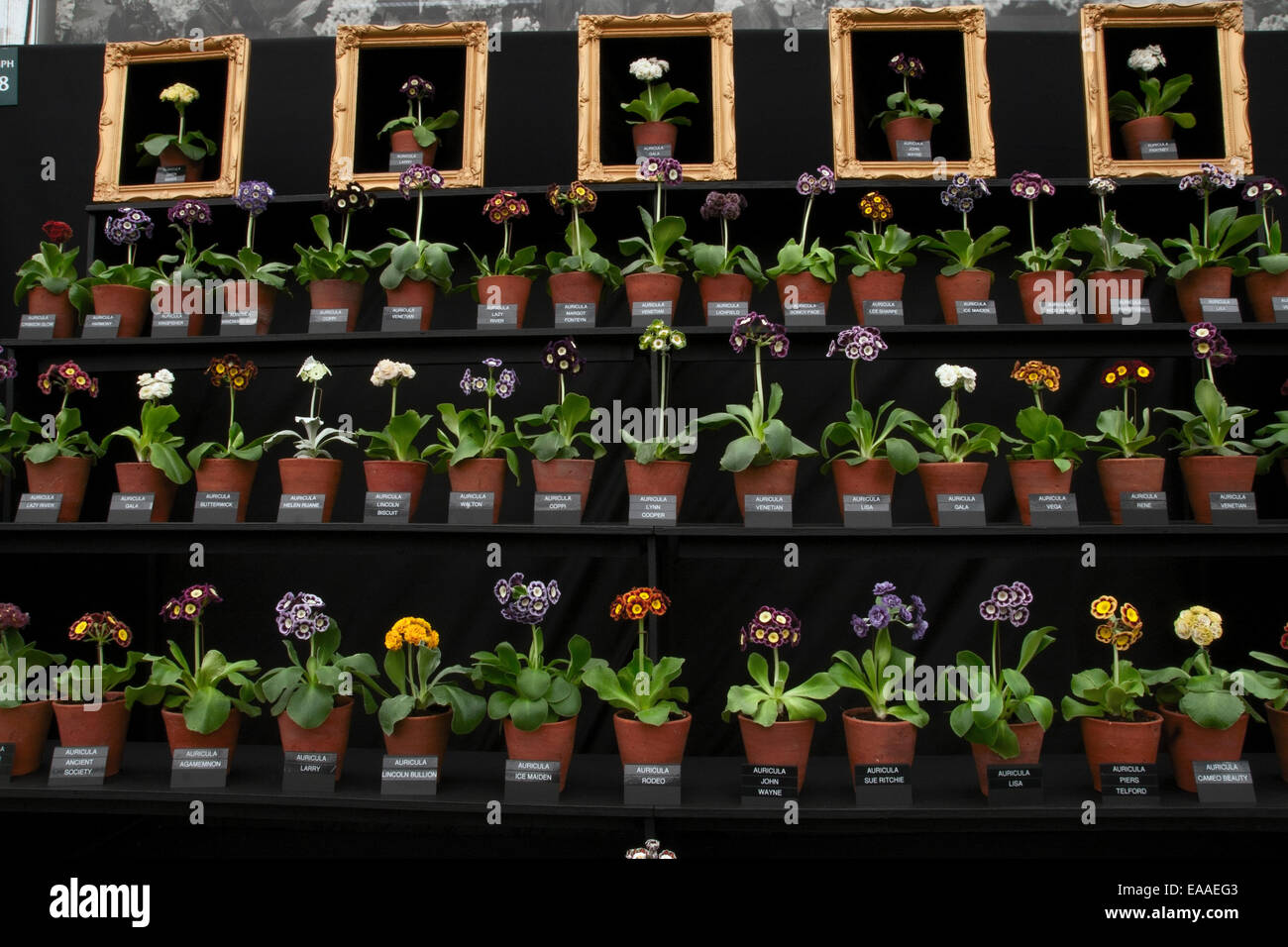
Yet they’re not hard to grow and it’s very relaxing, the perfect antidote to writing, because when you are stuck for an idea you can always tend your auriculas.” Patricia taught herself old French and Latin to research the history of the auricula, but the summit of her investigation was when she reached the top of the Kitzbüheler Horn, high in the Austrian Alps where the ancestor plants of the cultivated varieties are to be found.Īuriculas were first recorded in England in the Elizabethan period as a passtime of the elite but it was in the eighteenth and nineteenth centuries that they became a widespread passion amongst horticulturalists of all classes. “They are much more like pets than plants,” Patricia admitted to me as we stood in her greenhouse surrounded by seedlings, “because you have to look after them daily, feed them twice a week in the growing season, remove offshoots and repot them once a year. You only have to cast your eyes upon the wonder of an auricula theatre filled with specimens in bloom – as I did in Patricia’s Sussex garden – to understand why these most artificial of flowers can hold you in thrall with the infinite variety of their colour and form. She believes that the Huguenots brought them here more than three centuries ago, perhaps snatching a twist of seeds as they fled their homeland and then cultivating them in the enclosed gardens of the merchants’ grand houses, and in the weavers’ yards and allotments, thus initiating a passionate culture of domestic horticulture among the working people of the East End which endures to this day. In horticultural lore, auriculas have always been associated with Spitalfields and writer Patricia Cleveland-Peck has a mission to bring them back again. This work, illustrated with seven black-and-white plates, will be of interest to botanists and garden historians alike.The auriculas on my window sill have begun to sprout in the spring weather, inspiring me to publish this account of the history and lore of the auriculas of Spitalfields

Probably introduced to England by refugees from the continent in the late sixteenth century, the auricula, though delicate-looking, is extremely hardy, can be grown in pots, and hybridizes freely, and so it was an ideal plant for competitive growers, especially in the north of England, who in the eighteenth and nineteenth centuries vied with each other to breed ever more spectacular varieties, while adhering to strict guidelines on form and proportion.

#AURICULA SHOWS 2014 FULL#
This short work on the auricula, published posthumously in 1951, contains a full botanical account of the species, but also a social history of this most popular of 'florist's flowers'. The plant geneticist Sir Rowland Biffen (1874–1949), who is best remembered for his work on the improvement of English wheat varieties using Mendelian principles, was also a keen botanist and gardener. Description Product filter button Description


 0 kommentar(er)
0 kommentar(er)
